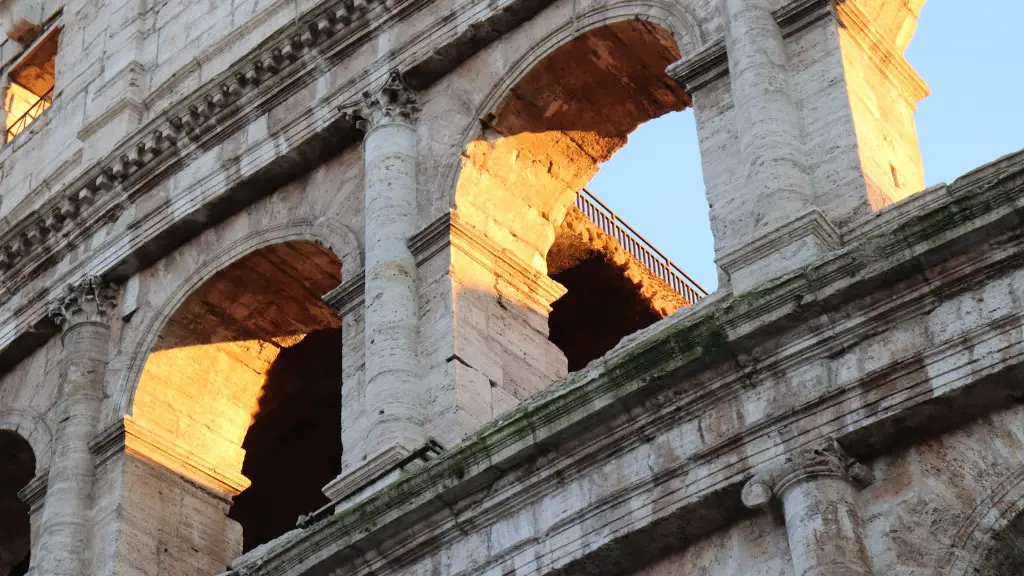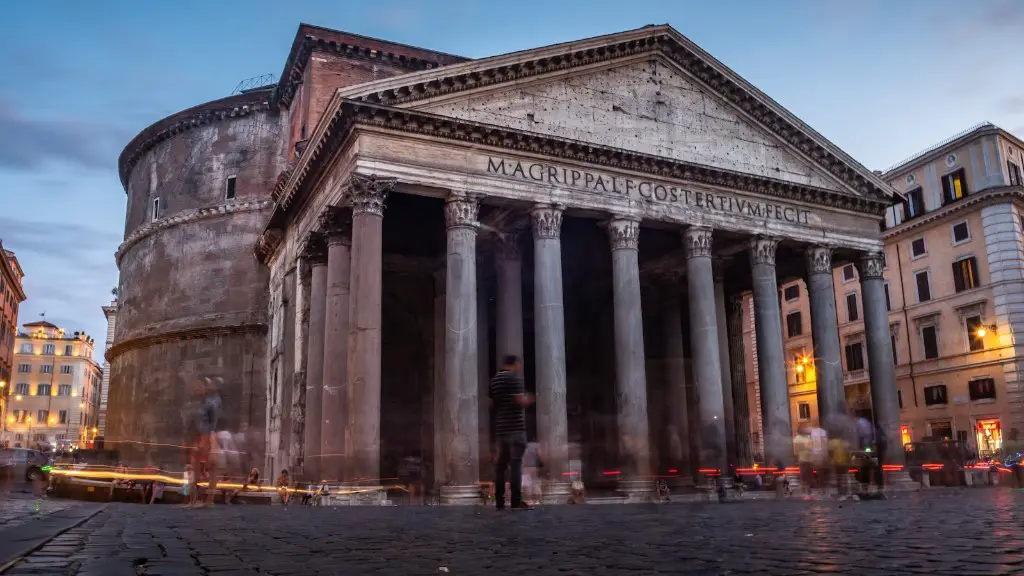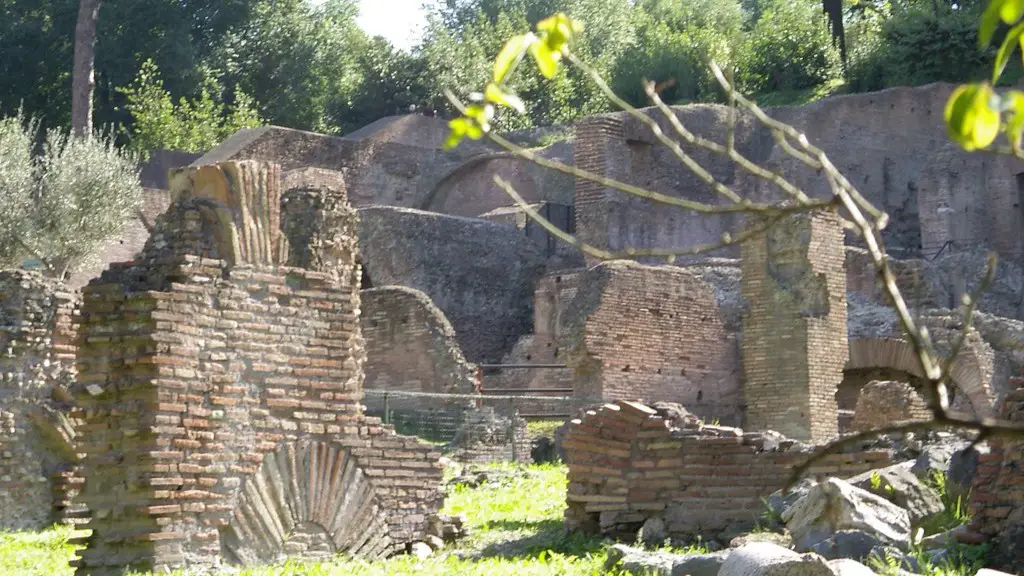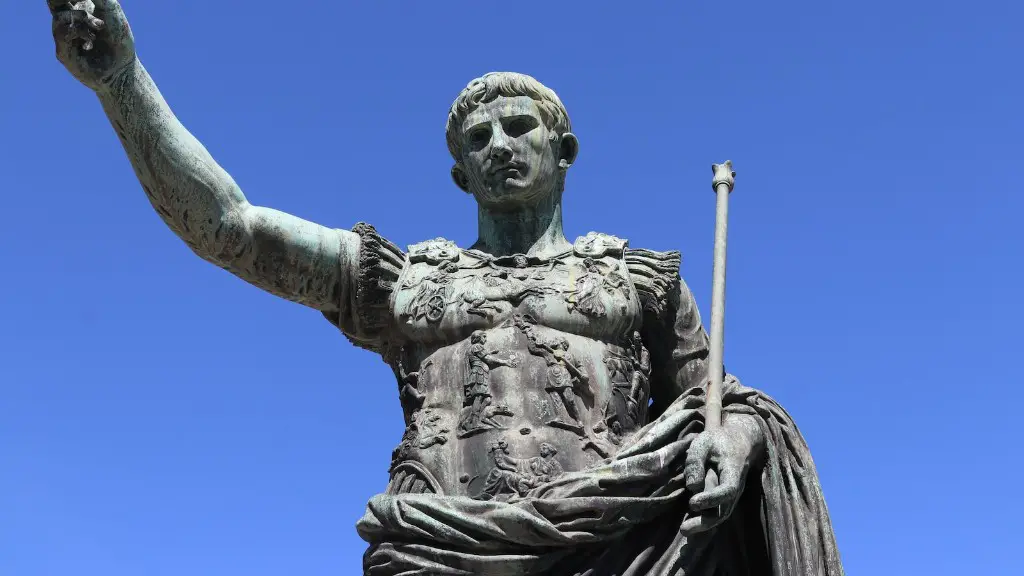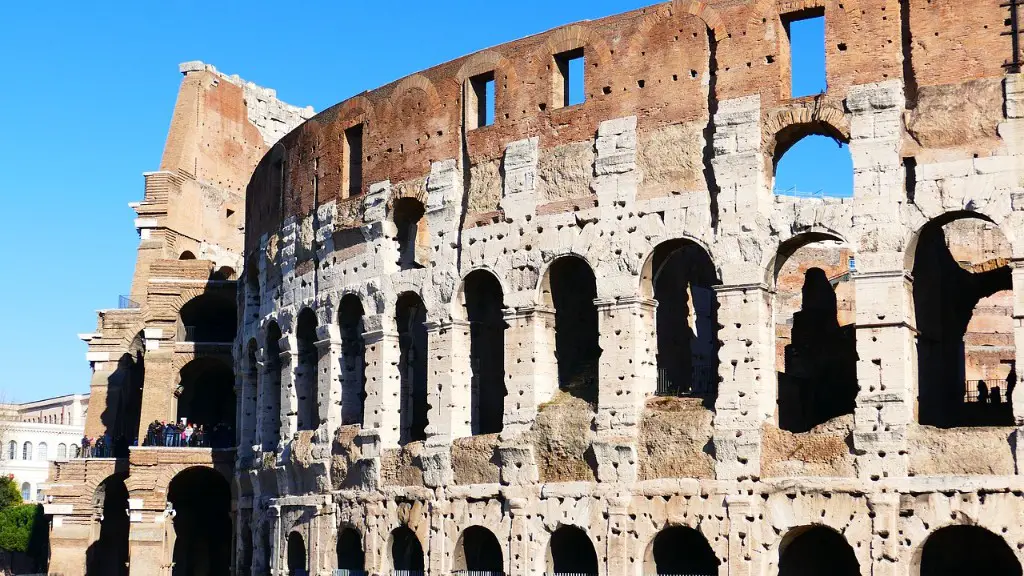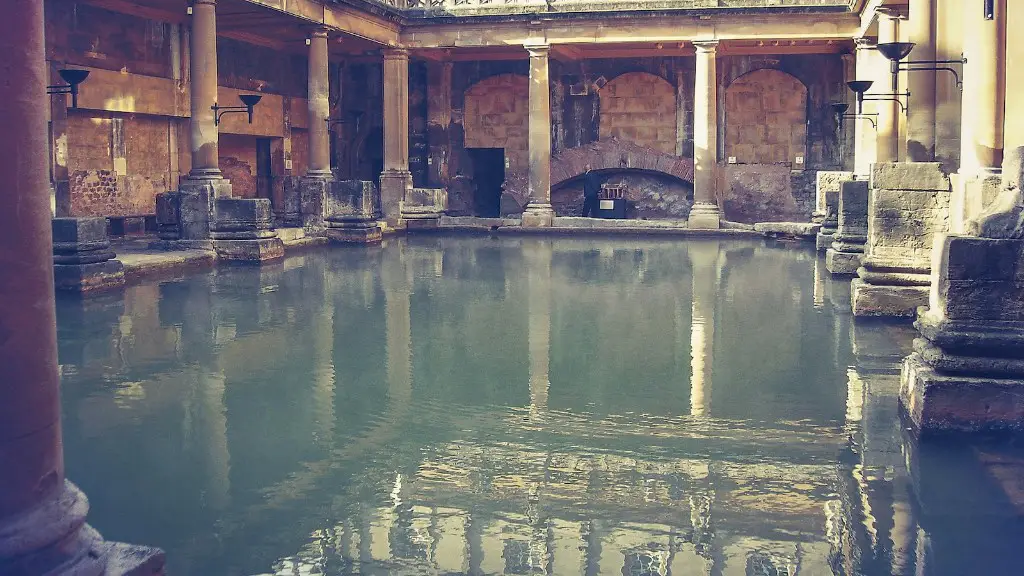In a nutshell, Ancient Rome was a major political and cultural center in the Mediterranean region during the height of the Roman Empire. From humble beginnings as a small city-state in central Italy, Rome rose to become one of the largest empires in world history. At its peak, the Roman Empire included the entire Mediterranean region, much of Europe, and parts of Asia and Africa. Ancient Rome was a major cultural force in the Western world, and its influence can still be seen in many aspects of modern life.
Ancient Rome is a huge topic, and there is a lot of information out there on it. To sum it up briefly, Ancient Rome was an extremely advanced and powerful empire that was influential in both the political and cultural spheres. The Roman state was incredibly complex, and its reach extended far beyond the boundaries of the Italian peninsula. At its height, the Roman Empire was one of the largest empires in human history.
What is ancient Rome known for?
The ancient Romans were a people known for their military, political, and social institutions. They conquered vast amounts of land in Europe and northern Africa, built roads and aqueducts, and spread Latin, their language, far and wide.
Ancient Rome was an Italic settlement that was traditionally dated to 753 BC. The settlement was located beside the River Tiber in the Italian Peninsula. The Roman Kingdom was established in 753 BC, and the Republic was established in 509 BC. The Roman Empire was established in 27 BC, and it lasted until 476 AD.
How would you describe ancient Rome
As Rome grew more powerful, it became increasingly urbanized. By the height of the empire, Rome was probably the largest city on the planet, with more than a million inhabitants. Ancient Roman society was originally based on small farmers, but as the empire expanded, it became increasingly based on cities and urban life.
1. Rome was founded by two brothers nursed by a she-wolf.
2. The Ancient Romans worshipped a lot of different gods and goddesses.
3. Sometimes the Romans would flood the whole Colosseum or Circus Maximus for a boat battle.
4. Ancient Rome is underground!
5. The Romans were amazing architects and engineers.
6. The Ancient Romans were great warriors.
7. The Roman Empire was the largest empire in the world for centuries.
8. The Romans loved food and wine.
9. The Romans believed in ghosts and had many superstitions.
10. There are still many ruins of Ancient Rome that you can visit today.
What are 5 things about ancient Rome?
1. Rome was founded in 735 BC. However, some historians believe it was founded in 753 BC by Romulus.
2. Cats are free to roam in Rome. There are an estimated 300,000 cats in Rome.
3. The Roman’s eyes were bigger than their stomach. They would often overeat and then vomit to make room for more food.
4. Men could only wear togas. Women wore stola’s.
5. The coins in the Trevi Fountain are said to bring good luck.
6. The Roman breathalyzer was invented by a Roman doctor.
7. The Colosseum was built in 80 AD and could seat 50,000 people.
8. It is estimated that over 500,000 people died in the Colosseum.
Ancient Rome was a major force in the development of law, war, art, literature, architecture, technology and language in the Western world. Its history continues to have a major influence on the world today.
What are 10 important facts about ancient Rome?
1. The Romans would have baths together.
2. The Romans invented loads of things!
3. The Roman’s most popular form of entertainment were Gladiator fights
4. The rich Romans had servants
5. We still use some Roman roads
6. They worshipped a lot of different Gods and Goddesses
7. Ancient Rome is underground
This is a very famous story that is often told about the founding of Rome. According to the story, two twin brothers, Romulus and Remus, were suckled by a she-wolf after they were orphaned. They then went on to found Rome on the same spot. This story is very popular and is often retold.
What is ancient Rome called today
The city of Rome is the capital of Italy today. It sits on the same site as the city of ancient Rome. If you were to visit Rome you could see many of the original ancient buildings such as the Colosseum and the Roman Forum.
Rome is a city full of history and culture. From its founding by the Roman Empire, to its role as the center of the Catholic Church, Rome has played a significant role in the development of Western civilization. The city is also home to some of the world’s most famous architectural and artistic feats, making it a must-see for any traveler.
What makes Rome so unique?
Rome is one of our most popular cities because of its history, art, architecture, and beauty. The Colosseum, the port of Ostia Antica, Vatican City, and the Sistine Chapel are just a few of the many reasons to visit Rome. And don’t forget the gelato and pasta!
Rome is a city in and the capital of Italy, in the central part, on the Tiber. Rome is the ancient capital of the Roman Empire and the site of Vatican City. Vatican City is the seat of authority of the Roman Catholic Church.
What are 5 things the Romans are most famous for
The Romans are responsible for many of the things we take for granted in our everyday lives. From fast food to advertising and trademarks, the Romans were pioneers in many areas that we now take for granted. Here are 13 things the Romans did for us:
1. Fast food – The Romans were the first to introduce street stalls and ‘food on the move’ as we might think of it today.
2. Advertising and trademarks – The Roman empire was the first to have a system of advertising and trademarks, which allowed businesses to identify and promote their products.
3. Plumbing and sanitation – The Romans were the first to develop a system of plumbing and sanitation, which was essential for the growth of cities.
4. Towns – The Romans were the first to develop towns as we would recognise them today, with streets, buildings and public spaces.
5. Architecture – The Romans developed many of the architectural styles and techniques that we still use today, such as concrete and vaulted ceilings.
6. Roads – The Romans built an extensive network of roads that were used for trade and transportation. This network was essential for the growth of the Roman empire.
7. Our calendar – The Roman calendar was the first to use
Invasions by Barbarian tribes was one of the main reasons for the fall of Western Rome. The Empire had been losing military battles to Germanic tribes for years, but by the 300s, these “barbarian” groups had moved beyond Rome’s borders. This put immense pressure on Rome’s resources, and ultimately led to the Empire’s demise.
What religion did ancient Rome have?
The Roman Empire was primarily a polytheistic civilization, which meant that people recognized and worshiped multiple gods and goddesses. The main god and goddesses in Roman culture were Jupiter, Juno, and Minerva. Jupiter was the main god, who was responsible for the weather and the sky. Juno was the goddess of marriage and childbirth, and Minerva was the goddess of wisdom and war. Roman people also worshiped other gods and goddesses, such as Apollo, Thor, and Diana.
The Colosseum is a fascinating ruin that is steeped in history. It is one of the most recognized landmarks in Rome and dates back over 2,000 years. The Colosseum was once the ground for legendary gladiator contests that would entertain the masses. Today, the Colosseum is a popular tourist destination and is definitely worth a visit when in Rome.
Final Words
Ancient Rome is a large area including parts of the Mediterranean region that are today known as Austria, Hungary, Turkey, and Romania. Ancient Rome was a major maritime trading center and had many colonies.
In conclusion, Ancient Rome was a major political and cultural center in the Mediterranean region during the height of the Roman Empire. Although the empire ultimately fell, the legacy of Rome has bequeathed many of the most fundamental aspects of modern Western civilization.
